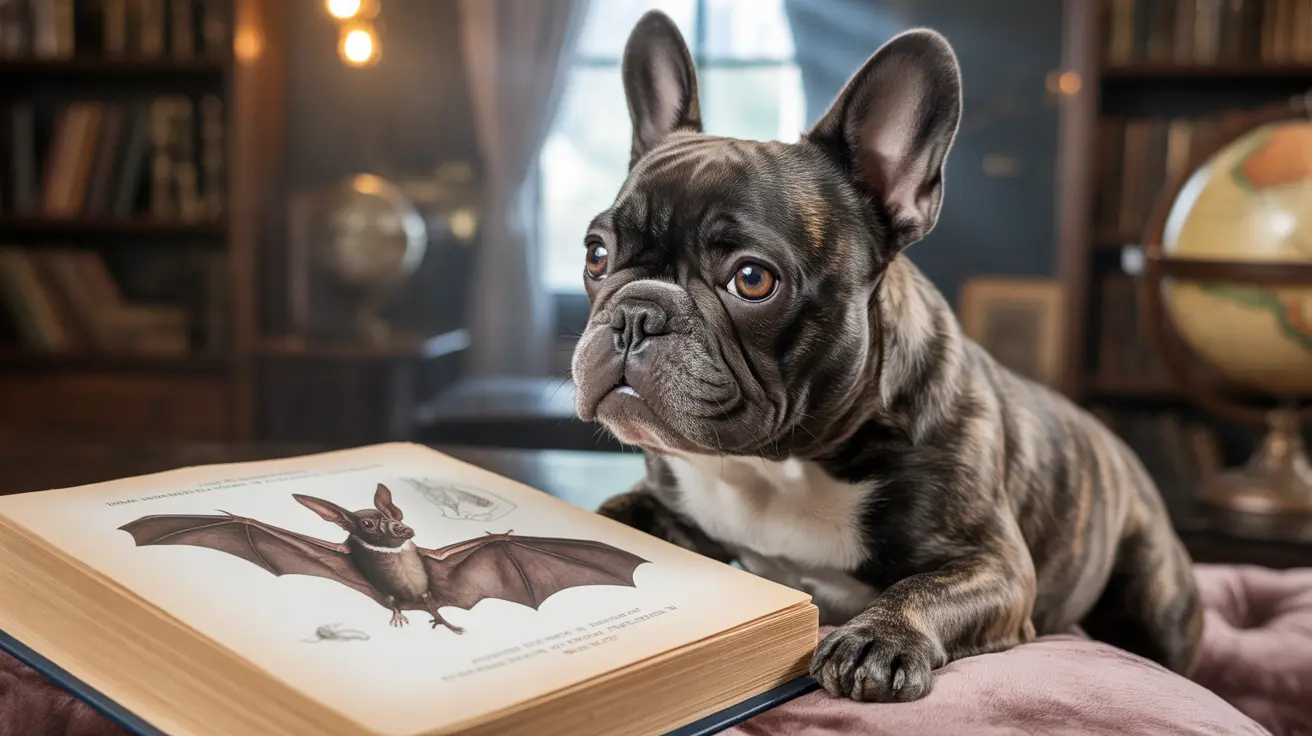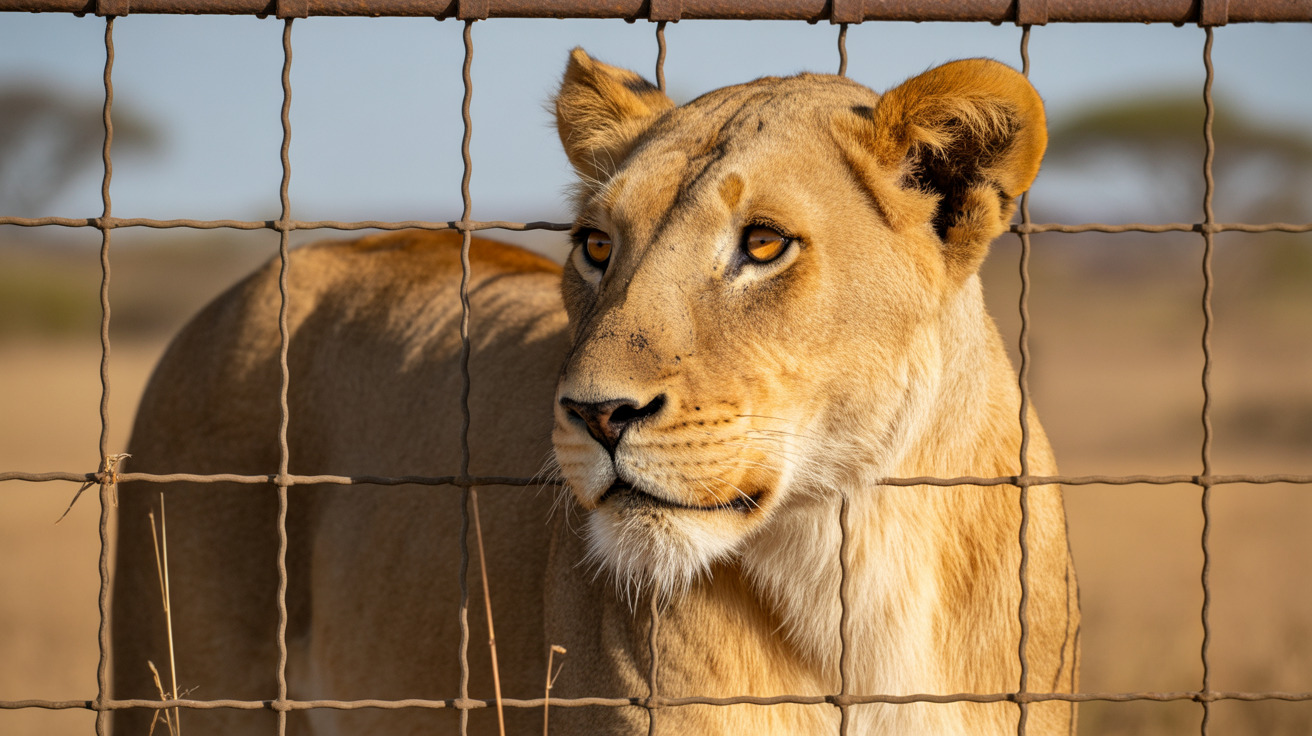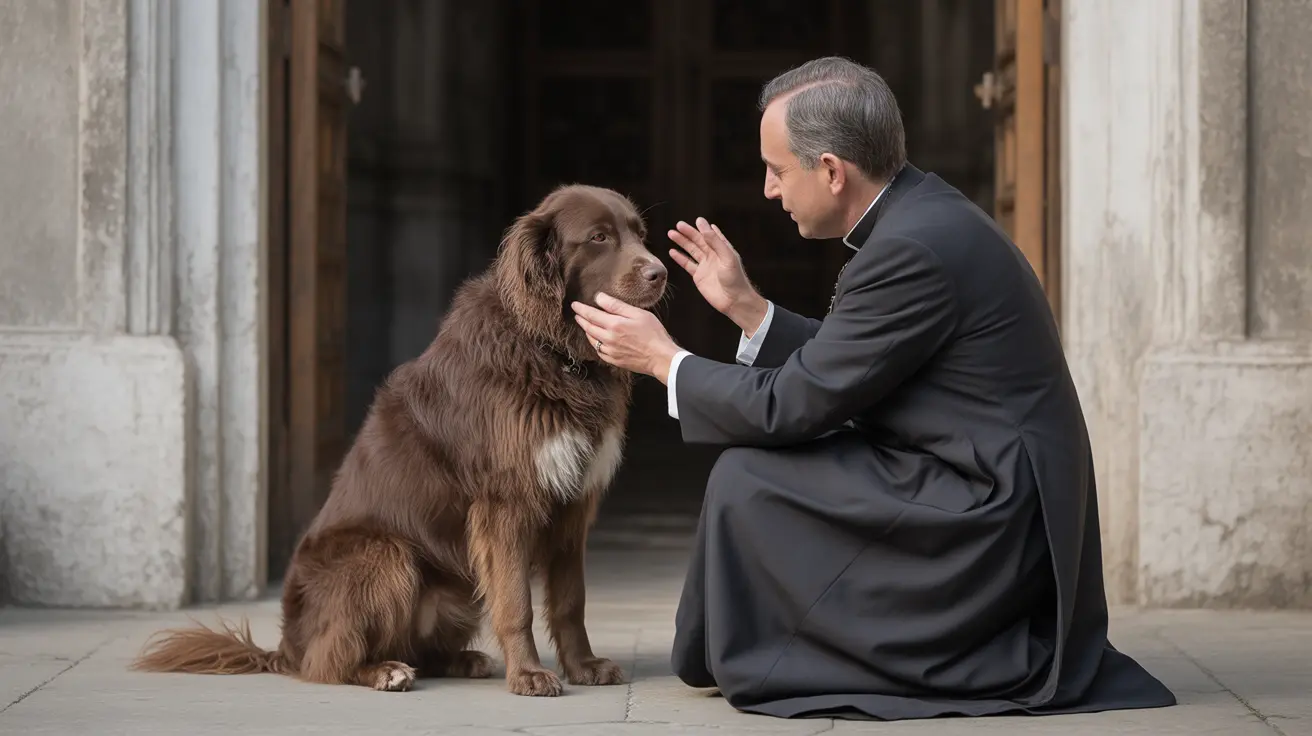The Evolutionary Connection Between Bats and Dogs
While bats and dogs might look similar in some ways, their evolutionary relationship is more complex than meets the eye. Both animals belong to the super-order Pegasoferae, a group that includes several other mammals like cats, horses, and whales. This classification is based on DNA analysis rather than physical characteristics.
Although they share a distant common ancestor, bats and dogs evolved along very different paths. Their last common ancestor existed millions of years ago and possessed neither wings nor echolocation abilities - features that bats would later develop independently.
Understanding Facial Similarities
The dog-like appearance of certain bat species, particularly African fruit bats and the aptly named "dog-faced bats," primarily stems from their facial structure and proportions. These similarities are largely due to parallel evolution - where different species develop similar features to solve comparable environmental challenges.
The shape of a bat's face is strongly influenced by its dietary preferences. Fruit-eating bats often develop longer snouts and larger eyes, similar to some dog breeds, while insect-eating bats may have more specialized facial features adapted for echolocation.
The Role of Diet and Adaptation
Facial features in both bats and dogs have evolved to optimize their feeding strategies. Fruit bats have developed strong jaws and teeth perfect for crushing and extracting juice from fruits, while their enhanced sense of smell helps them locate ripe food - adaptations that sometimes result in dog-like facial features.
These adaptations showcase how different species can evolve similar characteristics when facing comparable environmental pressures, even though they're not closely related.
Genetic and Developmental Factors
The resemblance between bats and dogs is primarily superficial, arising from convergent evolution rather than direct genetic relationship. During embryonic development, similar genetic pathways can produce comparable facial features, despite the species being quite distant on the evolutionary tree.
Research has shown that the development of facial features in mammals follows certain common patterns, which can result in similar appearances across different species, even when they're not closely related.
Frequently Asked Questions
Why do some bats have faces that look like dogs?
Some bats have dog-like faces due to convergent evolution, where similar environmental pressures led to the development of comparable facial features. This is especially true for fruit bats, which evolved longer snouts and larger eyes for finding and eating fruit.
Are bats and dogs actually related in evolutionary terms?
While bats and dogs share a distant common ancestor and belong to the same super-order (Pegasoferae), they are not closely related. They evolved along different paths millions of years ago.
What causes bats to have dog-like facial features despite being different species?
The dog-like facial features in bats are primarily due to adaptive evolution related to their feeding habits and lifestyle. Similar environmental challenges can lead to similar physical solutions in different species.
How does diet influence the facial shape of bats compared to dogs?
Diet significantly influences facial shape in both animals. Fruit-eating bats develop longer snouts and stronger jaws for accessing and processing fruits, which can result in dog-like features. These adaptations serve different purposes but can create similar appearances.
Why do people call certain bats "dog-faced bats" or "sky puppies"?
These nicknames arise from the striking visual similarity between certain bat species (especially fruit bats) and dogs. The terms have become popular due to the endearing, puppy-like appearance of these bats, particularly when viewed face-on.
Conclusion
The resemblance between bats and dogs offers a fascinating window into evolutionary biology and natural adaptation. While these similarities are largely superficial, they demonstrate how different species can develop comparable features through parallel evolutionary paths.
Understanding these connections not only satisfies our curiosity but also helps us appreciate the incredible diversity and adaptability of life on Earth. Whether you call them flying foxes or sky puppies, these remarkable creatures continue to capture our imagination and deserve our attention and conservation efforts.






